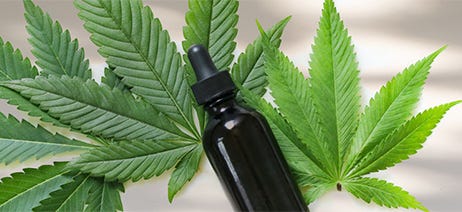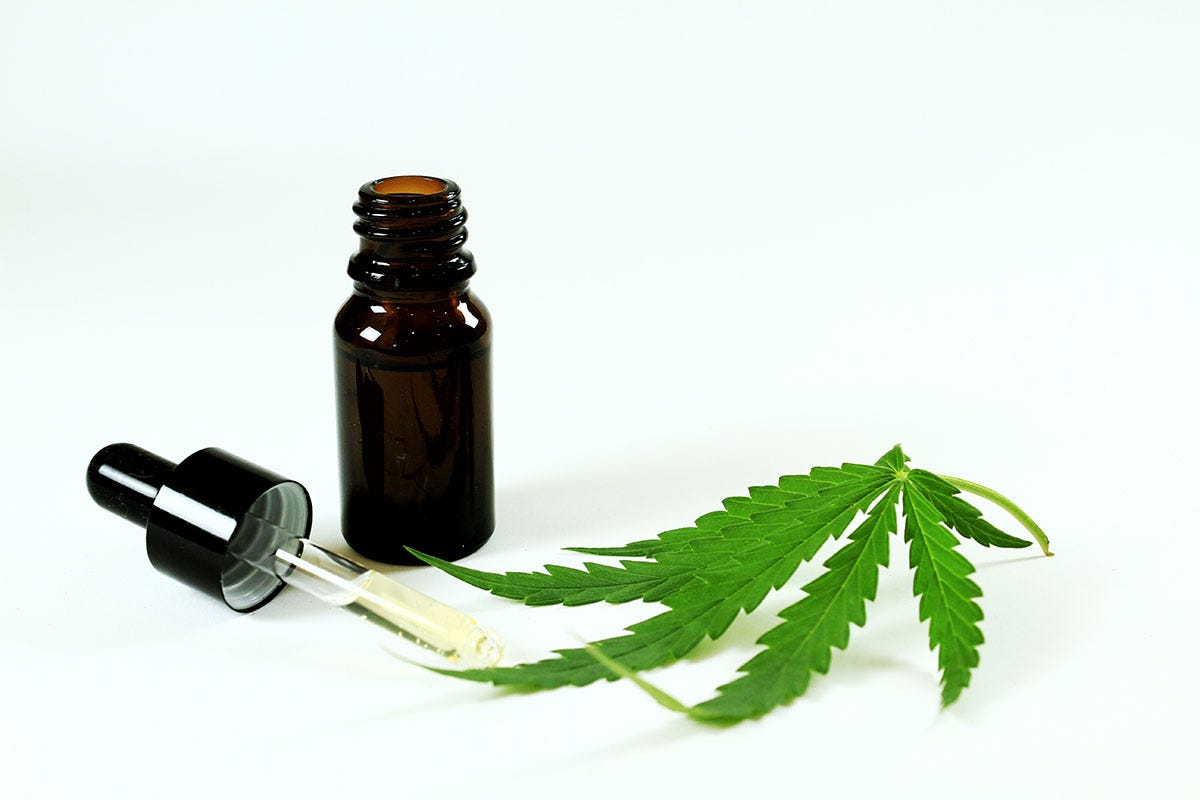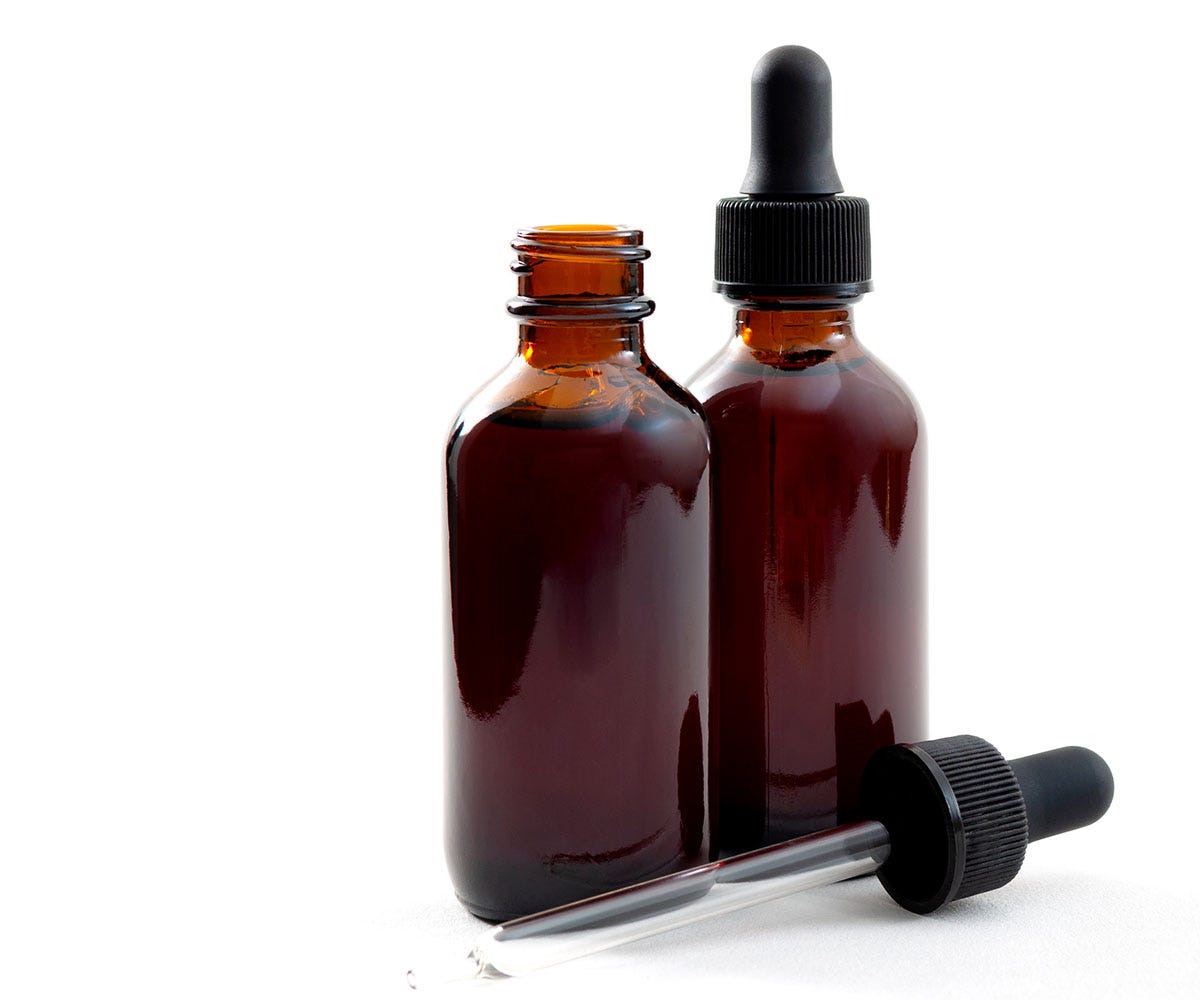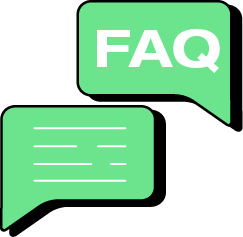
Cannabis Tinctures: What Are They & DIY Recipe
So you want to enjoy cannabis, but on your terms—you don’t want to smoke or dab it, and you don’t want any unnecessary calories. What are your options? The good news is that you have a few, and one of our favorites is a THC tincture. In this guide, we’re going to teach you everything we know about tinctures, including:
- What is a THC Tincture
- How Do Cannabis Tinctures Work?
- THC Tincture Recipe [3 Steps]
- FAQs About Tinctures
What is a THC Tincture?
A THC tincture is a solution of extracts from the cannabis plant that have been suspended in a type of liquid, often alcohol, oil, or glycerine. These tinctures can come loaded with cannabinoids, terpenes, and other bioactive compounds, but you can also purchase single-cannabinoid solutions.1
What makes tinctures a unique cannabis product is that they’re meant to be absorbed sublingually, instead of eaten, smoked, or dabbed. Whether you’re microdosing or taking a full dose, the liquid is dropped under the tongue and left to absorb through the thin skin of your mouth. This allows the cannabinoids and terpenes to enter the bloodstream faster than a digested edible.


How Do Cannabis Tinctures Work?
While you can add tinctures to foods and beverages, they were created to be placed directly into the mouth. This process takes advantage of the thin tissue of the mouth and the number of blood vessels we have under our tongues.2 Once the tincture is applied, it’s quickly absorbed and enters the bloodstream. You should feel the effects of the tincture within 30 minutes,1 and you may even feel a second wave of intoxication once the extra remnants are digested.2
THC Tincture Recipe [3 Steps]
THC tinctures are not complicated to make–if you’ve ever decarboxylated your flower, you’re already halfway there! Check out the below recipe for full directions.2
Ingredients:
-
1 eighth of decarboxylated marijuana flower
-
Food-grade, 190-proof alcohol (like Everclear)
Equipment:
-
Mason jar
-
Coffee filters
-
Measure cup
-
Funnel
-
Tincture bottle with eyedropper


Step 1: Soak Your Flower
Place the decarboxylated cannabis flower inside your mason jar. Then pour the alcohol into the jar until the flower is completely submerged.
Step 2: Shake, Store, Repeat
Close the mason jar and shake the mixture. Place the jar in a cool, dark place for three weeks, shaking it once a day.
Step 3: Strain
Using a sieve, cheesecloth, or screen, strain your liquid into a measuring cup. Squeeze the liquid out of your flower and place the soaked flower aside. Then, strain the liquid in the measuring cup as many times as it takes to remove any plant material.
Simply transfer your tincture to a glass dropper bottle and store it in a cool, dark area, away from heat and light.


Answering FAQs About Tinctures
As with all of our cannabis products, there are questions we get pretty frequently about tinctures. Here are their answers:
Can you cook with THC tinctures?
Technically, you should not cook with a tincture. This is because the cannabinoids have already been decarboxylated, so if you heat them again, you can end up ruining your product by destroying the cannabinoids. That said, you can add tinctures to food and beverages that have already been made. In general, as long as you’re not heating the food, you can add tinctures to just about anything.1
How long does it take tinctures to work?
Marijuana tinctures typically take effect within half an hour, as long as you let them sit in your mouth for a minimum of 30 seconds before swallowing. If you swallow your tincture in food, it may take longer to take effect, but it also could feel stronger.1
How long does it take tinctures to work?
Yes, they are different because THC tinctures will cause psychoactive effects and CBD tinctures will not, depending on your own individual endocannabinoid system. Depending on where you purchase your tinctures, there may be differences in the amount of THC in the tincture—even when it’s a CBD tincture. For example, if you purchase a CBD tincture outside of a dispensary, it comes from the hemp plant, not the marijuana plant, and it has to have less than 0.3% THC in it. CBD tinctures purchased in a dispensary will be from a marijuana plant and can have varying amounts of THC in them. (This is called full-spectrum.)
Can you make tinctures without alcohol?
Yes. Tinctures can be made with oil and glycerine.1


Purchasing Tinctures
From terpene-rich to THC-only tinctures, you can find a full selection at your local dispensary. Ask the budtenders any of your tincture-related questions or for recommendations on tinctures available in stock.
Sources:
1. “Cannabis tinctures 101: How to make, consume, and dose them,” Leafly, May 13, 2025, https://www.leafly.com/news/cannabis-101/cannabis-tinctures-101-what-are-they-how-to-make-them-and-how-to
2. “Cannabis tinctures 101: What is a THC tincture?,” Weedmaps, https://weedmaps.com/learn/cannabis-and-your-body/cannabis-tinctures-101-what-is-a-thc-tincture


